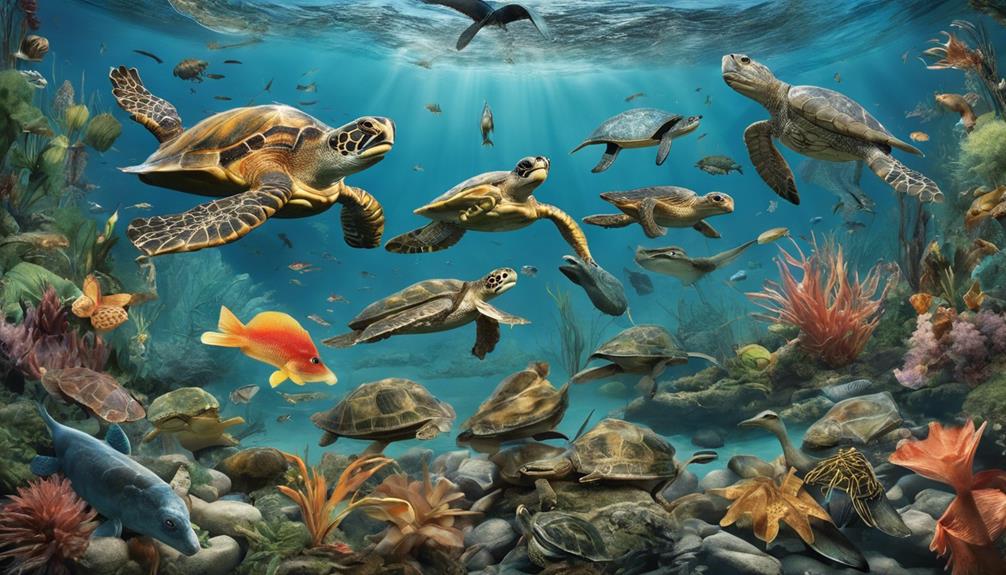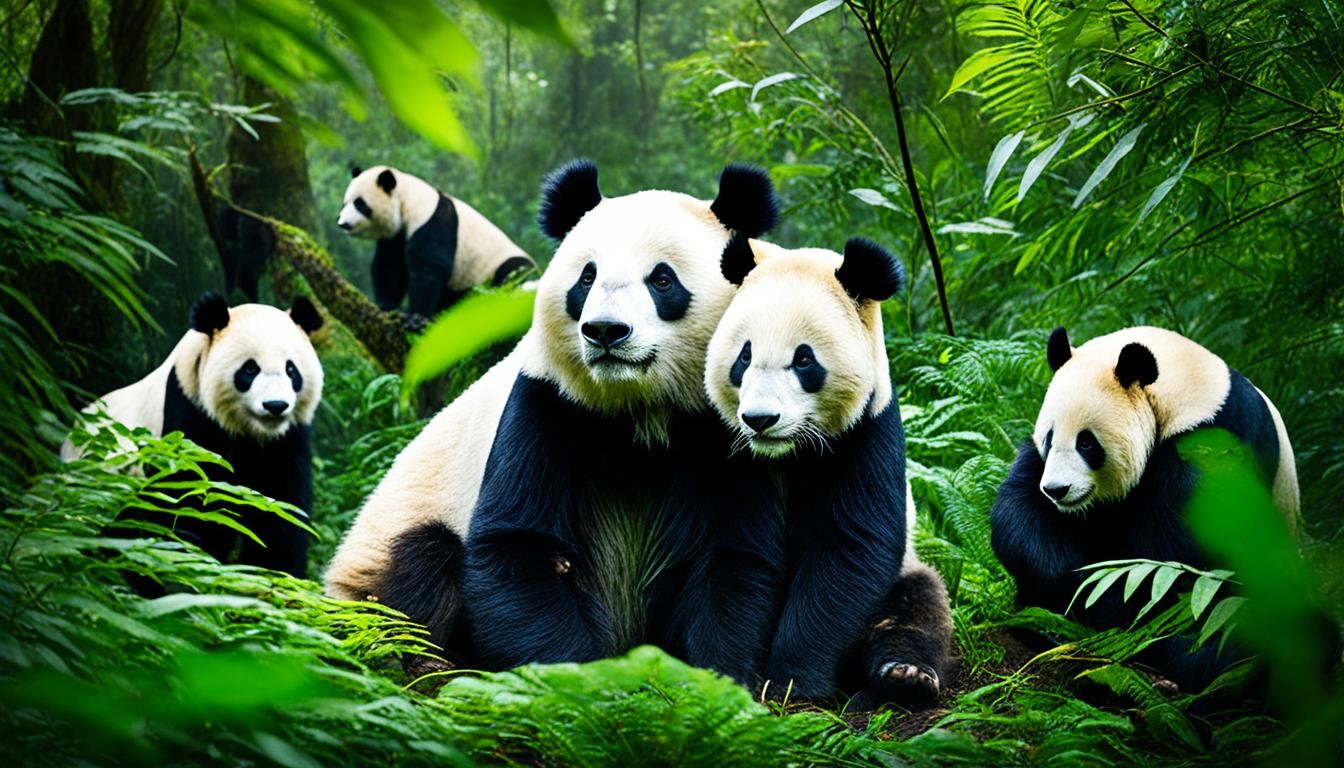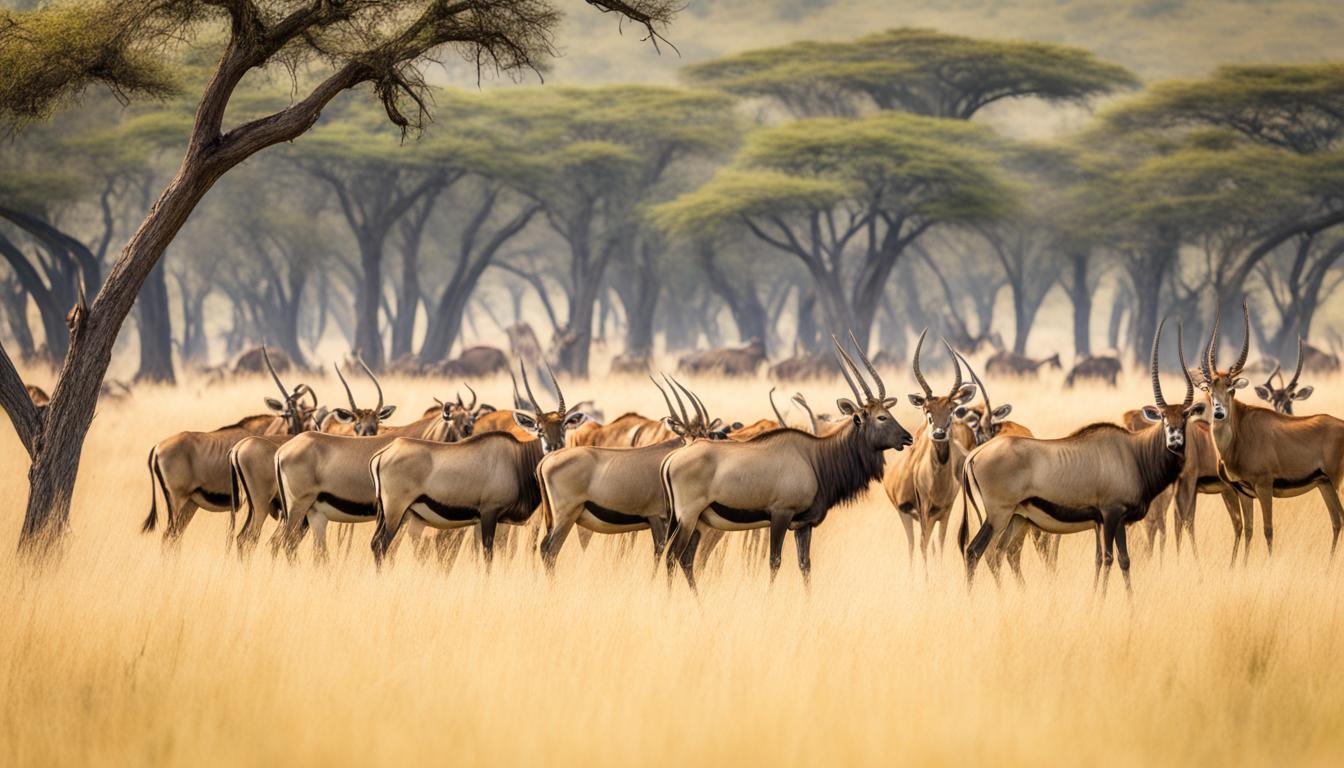When searching for animals that resemble squirrels, creatures such as chipmunks, marmots, and prairie dogs are among the top contenders. Chipmunks are small with striped patterns and bushy tails, famous for storing food like squirrels. Marmots are larger ground-dwelling rodents with furry coats and bushy tails, some growing up to 2 feet in size. Prairie dogs, especially the Black-tailed and Gunnison’s species, with their underground burrows and social nature, also display squirrel-like features. These animals demonstrate behaviors and physical traits similar to squirrels, highlighting their interconnectedness in ecosystems.
If you're intrigued by these similarities, there's more to uncover about other rodents resembling squirrels and exotic pets with squirrel-like features.
Key Takeaways
- Chipmunks share squirrel-like features with distinctive stripes and bushy tails.
- Marmots resemble squirrels in size and bushy tails, with burrowing habits.
- Black-tailed Prairie Dogs exhibit squirrel-like characteristics in appearance and behavior.
- Rodents like marmots, chipmunks, and prairie dogs show similarities to squirrels.
- Exotic pets like Sugar Gliders and Chinchillas have features akin to squirrels for unique options.
Chipmunks: The Squirrel Lookalikes
Chipmunks, small rodents closely resembling squirrels in appearance and behavior, exhibit a striking resemblance that extends beyond their physical attributes to their nesting habits and foraging techniques. These creatures, part of the squirrel family, boast bushy tails and distinctive striped patterns akin to tree squirrels. While their tails are shorter, chipmunks share the squirrel's propensity for food caching, storing nuts and seeds for later consumption. Nest builders by nature, some chipmunk species, such as the Lodgepole Chipmunk, construct intricate burrows for shelter and protection.
What sets chipmunks apart is their adept climbing skills, effortlessly maneuvering through trees much like their squirrel cousins. Observing these small mammals scurrying up branches with agility is a reflection of their evolutionary adaptations. The similarities between chipmunks and tree squirrels aren't merely superficial; they run deep in their genetic makeup and behavioral patterns. Studying these tiny creatures provides a fascinating glimpse into the interconnectedness of nature within the squirrel family.
Marmots: Nature's Squirrel Twins
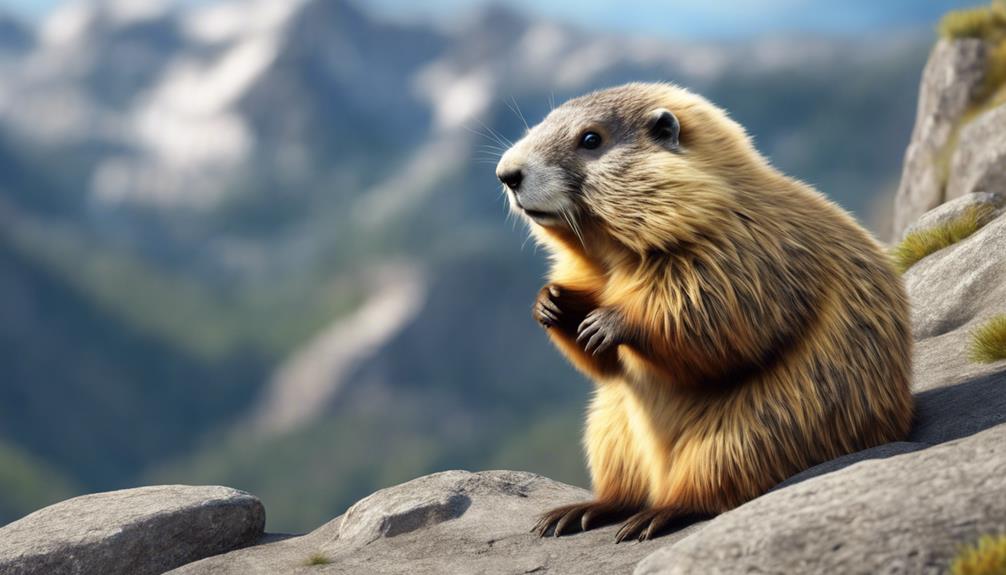
Closely resembling squirrels in appearance and behavior, marmots are larger ground-dwelling rodents known for their furry coats and bushy tails. These creatures, akin to tree squirrels, exhibit striking physical similarities, making them nature's squirrel twins.
Marmots, with their penchant for constructing underground burrows like their squirrel counterparts, engage in behaviors such as food caching and alarm calls. The Hoary Marmot, a notable species, can reach impressive sizes of up to 2 feet in length and weigh as much as 8 pounds, mirroring the stature of large squirrels.
Through their shared evolutionary history and habitat preferences, marmots and squirrels have intertwined proofs, standing as evidences to the wonders of nature's design. The evolutionary parallels between these ground-dwelling rodents and arboreal squirrels provide a fascinating glimpse into the intricate tapestry of the animal kingdom, where similarities in form and function blur the lines between species.
Prairie Dogs: Squirrel Impersonators
Resembling squirrels both in appearance and behavior, prairie dogs are intriguing creatures that exhibit striking similarities to their arboreal counterparts. These social herbivores, such as the black-tailed and Gunnison's species, dwell in underground burrows akin to squirrel nests. The black-tailed prairie dogs sport small frames complemented by long tails, while their Gunnison's counterparts boast larger bodies with bushy tails and elongated hind legs. Utah prairie dogs, another member of this squirrel impersonator group, feature petite sizes and fluffy tails, sharing a penchant for burrowing just like squirrels.
Observing prairie dogs in their natural habitat reveals their communal nature and herbivorous diet, further mirroring squirrel behavior. The intricate network of burrows they create underground not only serves as shelter but also as a hub for social interactions, much like squirrel communities in trees. With their distinct physical attributes and lifestyle choices, prairie dogs stand out as fascinating creatures that closely resemble squirrels in various aspects.
Rodents Resembling Squirrels
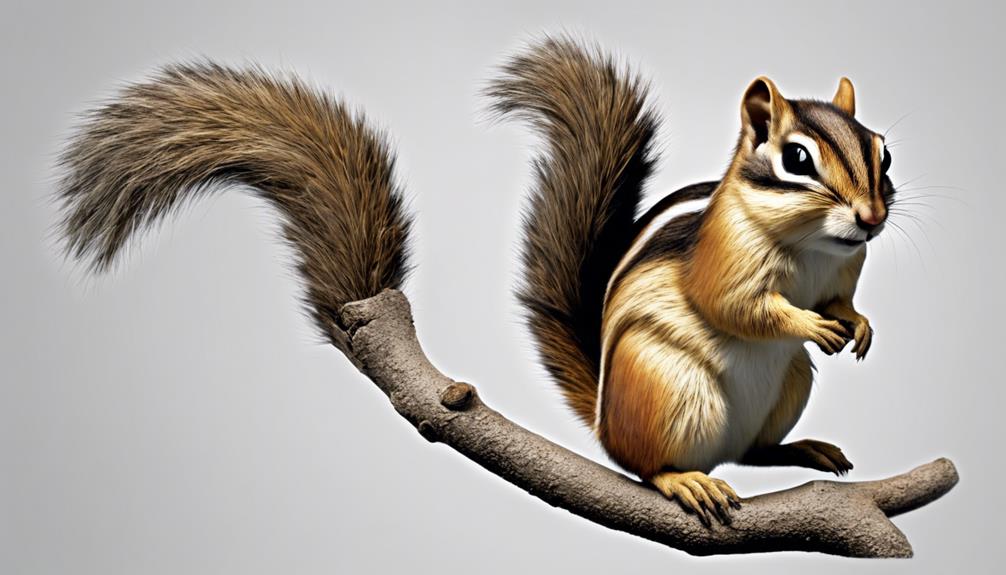
In the domain of rodent species sharing similarities with squirrels, marmots stand out for their substantial size and burrowing habits akin to those of tree-dwelling squirrels. These hoary marmots, also known as Alaska marmots, are commonly found in rocky slopes, echoing the habitats favored by many squirrel species. The marmot's resemblance to squirrels extends beyond their living arrangements, encompassing aspects of their physical appearance and behaviors.
Chipmunks, especially species like the Lodgepole chipmunks, Least Chipmunk, and Colorado chipmunk, exhibit striking similarities to squirrels with their small size, distinctive stripes, and cheek pouches for storing food. These traits closely mirror those of ground squirrels, further blurring the line between the two groups. Additionally, the Black-Tailed Prairie Dog shares squirrel-like characteristics such as a social nature, herbivorous diet, and preference for underground dwellings, reinforcing the interconnectedness of rodents resembling squirrels in various ecosystems.
Exotic Pets With Squirrel-Like Features

Observing the spectrum of exotic pets with squirrel-like features reveals a fascinating array of creatures that share intriguing resemblances to these nimble arboreal mammals. Among these fascinating animals are sugar gliders, Siberian chipmunks, chinchillas, and African dormice. These creatures offer unique pet options with similarities to squirrels, making them popular choices among enthusiasts.
| Exotic Pets | Resemblance to Squirrels | Unique Features |
|---|---|---|
| Sugar Gliders | Tree-dwelling marsupials with skin flaps for gliding | Active in the night |
| Siberian Chipmunks | Active during the day and live in trees | Not native to N.America |
| Chinchillas | Energetic and curious personalities similar to squirrels | Found in the Andes mountains |
| African Dormice | Small rodents with bushy tails resembling squirrels | Once popular pets in the U.S. |
These animals exhibit behaviors and physical traits that echo the charm and allure of squirrels, offering a unique experience for those looking to bring a touch of the wild into their homes.
Frequently Asked Questions
Which Animal Looks Like Squirrel?
We often observe animals resembling squirrels in various ways. From chipmunks with their stripes to prairie dogs' social behavior, and marmots' burrowing habits, nature presents a tapestry of creatures echoing the squirrel's traits.
What Animal Is Most Closely Related to Squirrels?
We observe marmots, close relatives of squirrels within the Sciuridae family. They share an evolutionary history dating back to the late Miocene Epoch. Physical traits and behaviors of marmots bear striking resemblances to squirrels, emphasizing their kinship.
What Is the Closest Thing to a Squirrel?
Well, the closest thing to a squirrel? Chipmunks! Those cheeky little critters with their food-stashing ways. They're like the squirrel's quirky cousin. Watch them scurry and stash, nature's little comedians.
What Rodent Looks Like a Small Squirrel?
We observed the question about a rodent resembling a small squirrel. The Lodgepole Chipmunk with its striped back, the Hoary Marmot's stout body, moles' velvety fur and paddled feet, and hamsters' short tails share similarities with squirrels.
Are Red Pandas Related to Squirrels in Any Way?
Yes, recognizing red panda behavior can offer some insight into their relationship with squirrels. While red pandas and squirrels are not closely related, they do share similar arboreal habitats and both are known for their agile climbing and tree-dwelling behaviors.
Conclusion
In the vast tapestry of the animal kingdom, we've uncovered creatures that mirror the charming squirrel in appearance and behavior.
From the chipmunks with their striped coats, to the marmots with their bushy tails, and even the prairie dogs with their social habits, nature has painted vivid portraits of squirrel doppelgangers.
These animals serve as reminders of the beauty and diversity that exist within our world, each one a unique thread in the intricate fabric of life.

